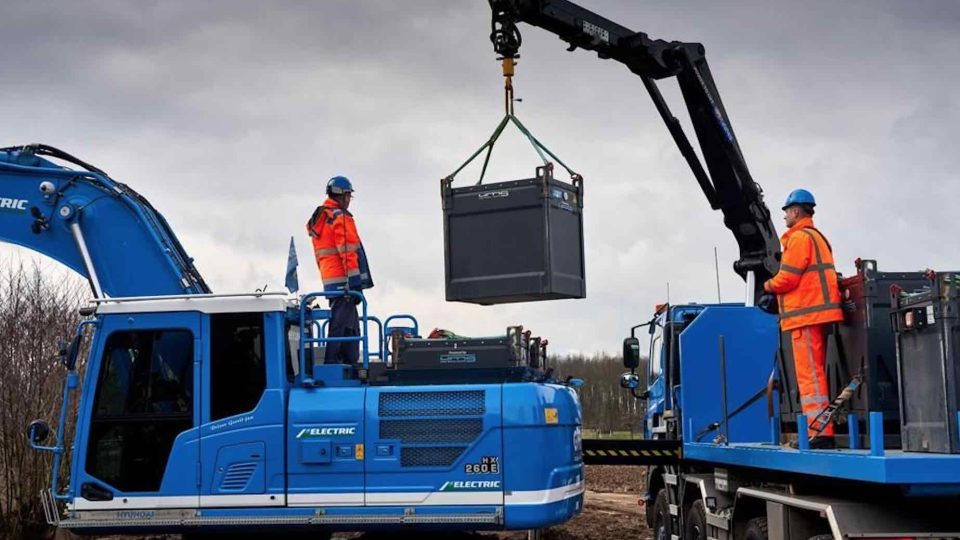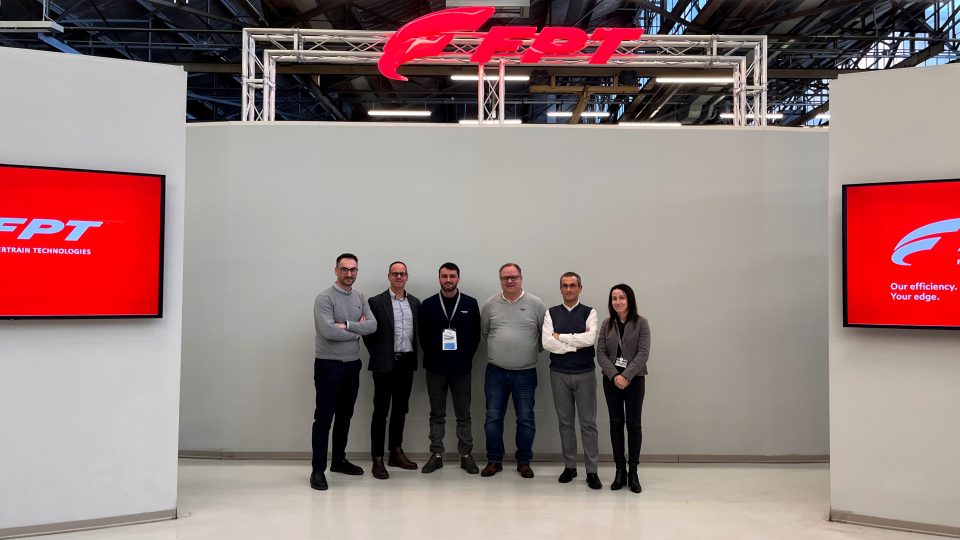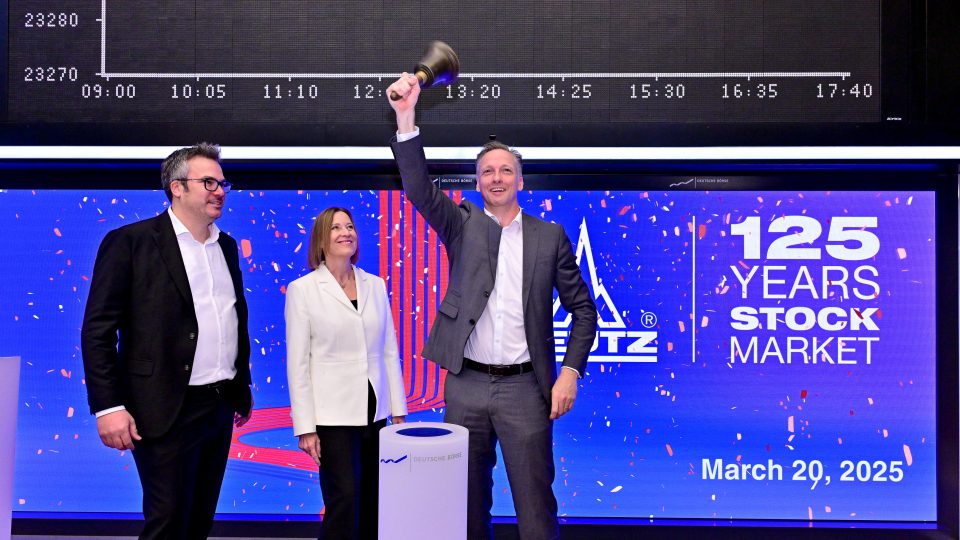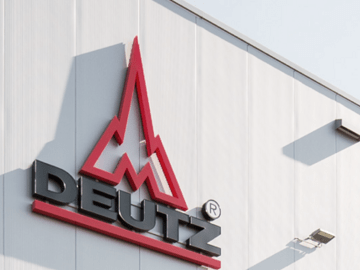Krüper, Hatz and 3H50T
Hatz and Krüper. Bernd Krüper is the new CEO of the 135-year-old German manufacturing company Hatz. The plan is to expand the range of the company’s business out of German borders. Choosing Krüper means relying on the long term and proved experience that he acquired playing different leading roles in Mtu group and in Rolls-Royce Power […]
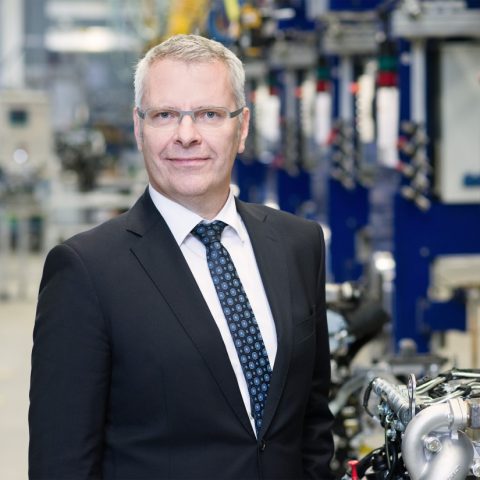
Hatz and Krüper. Bernd Krüper is the new CEO of the 135-year-old German manufacturing company Hatz. The plan is to expand the range of the company’s business out of German borders. Choosing Krüper means relying on the long term and proved experience that he acquired playing different leading roles in Mtu group and in Rolls-Royce Power Systems.
Hatz and Krüper. Looking outside German borders
Hatz family will keep the leadership, but Wolfram Hatz expressed his enthusiasm about the recent agreement achieved with Krüper and about the improvements that the company will benefit from. Current positive economic circumstances have let Hatz believe that the market of precision metal components is going to face a 20% increase in the next years. At the same time, the company is investing growing resources to team up with Bavarian universities in targeting big data and industry 4.0 as the next big step of expansion.
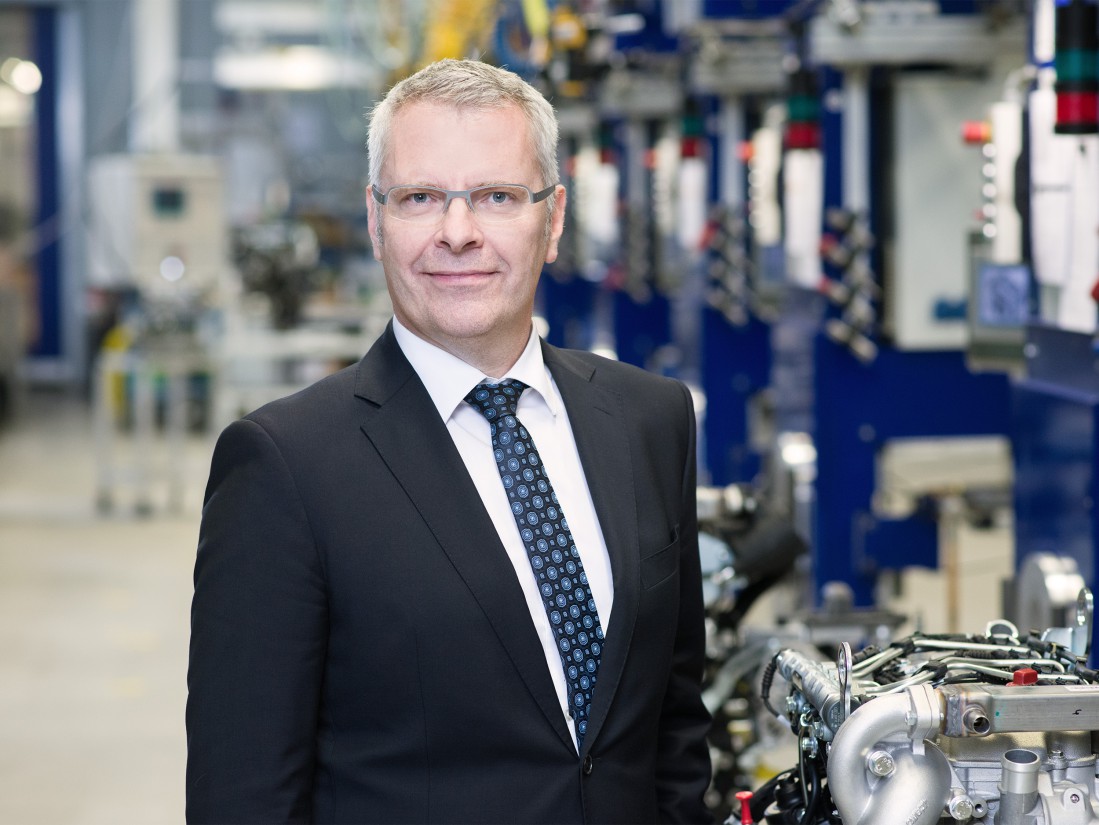
3H50. Downsizing is rightsizing
Hatz declares that through the rightsizing principle (instead of a more generical downsizing one), and thanks to the application of cutting-edge technologies, their 3H50T engine can satisfy the requirements of the machines involved, in terms of efficiency, needing less power and therefore without having to resort to the DPF. To support their assertion about rightsizing, they consider the case of a forklift truck weighting 2,600 kilograms, hypothetically provided with a 23.6 kilowatts engine. Due to this last feature, from January 2019 the machine would not respect the new standard unless it would be equipped with a DPF. Then, considered that the machine could reach a maximum speed of 20 kilometers per hour with a gradient of 6.5%, by reducing this one to 5.2%, the required power would decrease from 23 to 18.4 kilowatts. Since in most of cases forklift trucks work on almost flat and level surfaces, the variations of the gradient that could occur would not influence the operations that much. This, believes the company, means that making an engine that works with less than 19 kilowatts is a reasonable choice.
1.5 liters
The 3H50T is a water-cooled, 3-cylinder diesel engine, with 1.5 liters of displacement. This last feature, together with the turbocharger technology and the Bosch common rail system (off-highway variant), are said to make possible to operate at low engine speed, which should also guarantee a reduction of noise emission by around two thirds. Hatz asserts that the 3H50T has a maximum output of 130 Newton meters, obtainable at only 1300 rpm. Full power of 18.4 kilowatts is also said to be reached and maintained in the range is 1350-2600 rpm. The company said that the H-series engines have been thought to pursue low emissions levels which, without exhaust gas aftertreatment, are said to be radically reduced. Talking for example about particulate mass emissions, they’re supposed to barely reach a tenth of the limit value, that for EU Stage V standard is 0.4 grams per kilowatt hour, without other exhaust emission aftertreatment like exhaust gas recirculation, or diesel oxidation catalyst (it is also said to meet EPA Tier 4 final emissions stage). Hatz says this won’t compromise high torque capability. You can figure out an opinion by consulting the comparison on the following pages.




